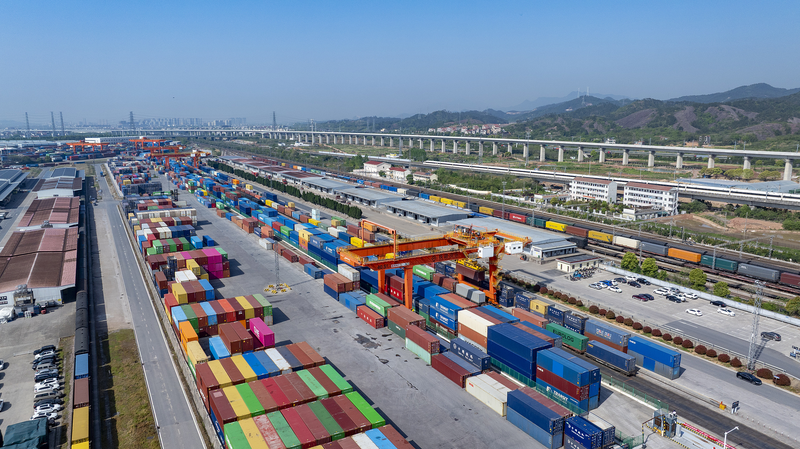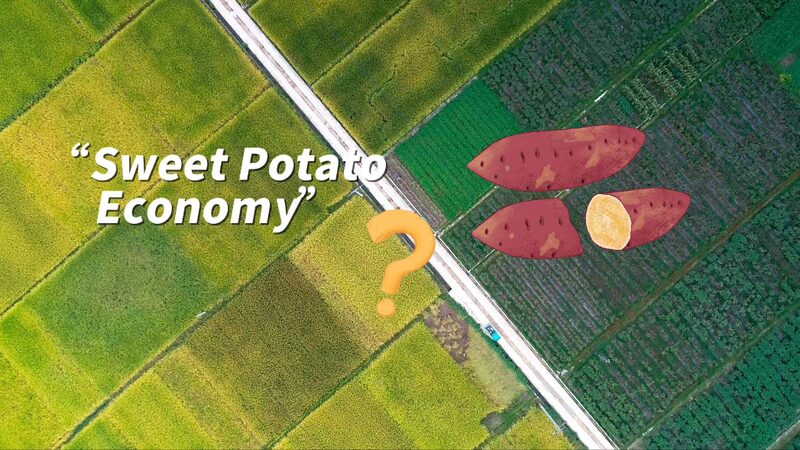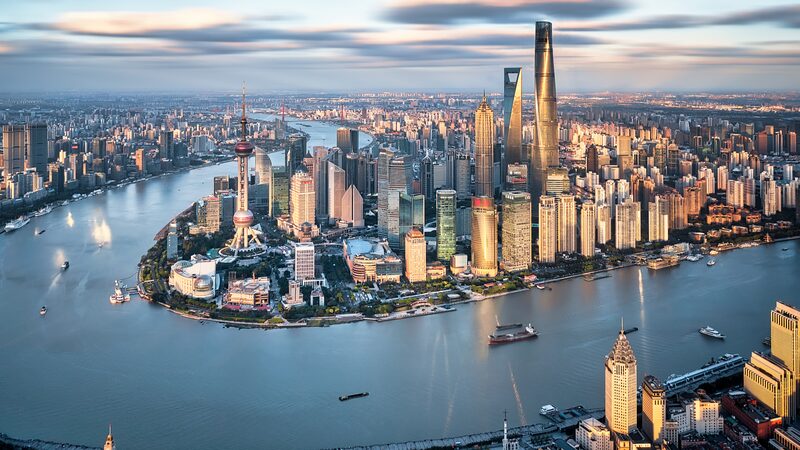Seven years after becoming a national strategy, the Yangtze River Delta continues to redefine regional development through innovation-driven integration. Comprising Shanghai, Jiangsu, Zhejiang, and Anhui, this economic powerhouse contributed 24.8% of China's total economic output in the first half of 2025 – a testament to its role as a laboratory for modern governance and industrial collaboration.
Redefining Regional Synergy
The Delta's success lies in balancing competition with cooperation. Cities now specialize in strategic sectors: Shanghai leads in integrated circuits and electric vehicles, Nanjing excels in software development, Hangzhou dominates cloud computing and AI, while Wuxi emerges as an IoT innovation hub. This specialization has created a production network responsible for 60% of China's integrated circuits, 40% of new-energy vehicles, and one-third of AI capabilities.
Breaking Barriers, Building Bridges
Since 2018, the region has pioneered administrative reforms that maintain jurisdictional boundaries while enabling seamless resource flows. This approach has attracted global tech firms and nurtured domestic champions, with cross-provincial R&D projects increasing by 35% year-on-year in 2024. The model demonstrates how coordinated urban planning can drive sustainable growth without sacrificing local identity.
Reference(s):
The Yangtze River Delta serves as a model for Chinese modernization
cgtn.com








